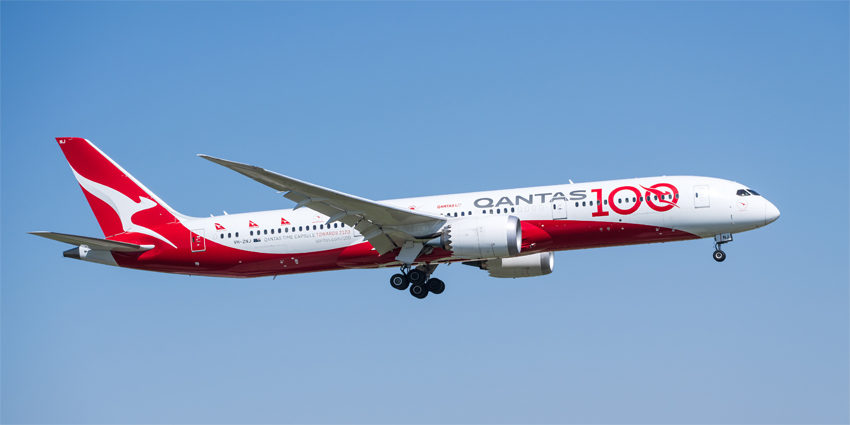Your contact centre might be intelligently staffed and call volumes could be steady, but a low occupancy rate will inevitably bring down overall performance. That is because a contact centre’s occupancy rate measures how much of its active/available potential is being fulfilled, and if there’s room for improvement. You could calculate occupancy for the entire contact centre, mapping its average over time, or you could measure an agent’s individual occupancy for targeted intervention.
Here’s how.
Calculating Agent Occupancy Rate (Definition and Formula)
You can define a contact centre’s occupancy as the percentage of time agents spend dealing with customers (including hold time, wrap-up, and the actual interaction) compared to their total available time. Keep in mind that occupancy isn’t the direct opposite of agent idle time – the time spent on training, necessary breaks, etc. must be subtracted before calculating agent occupancy.
Here is the formula to follow on an individual basis:
(((An agent’s total talk time + total hold time + total after call activity time) ÷ ((Agent logout time – login time) – time spent in meetings, training, and scheduled breaks)) x 100
Let’s say an agent logged in at 9 in the morning and logged out at 5 PM. Across the day, they spent a cumulative 60 minutes in meetings and breaks, with no training scheduled for the day. Overall, the agent spent five hours waiting for calls to connect, talking to customers, and data entry after each call.
As per the formula, their occupancy rate will be:
(300 minutes ÷ (540 minutes – 60 minutes)) x 100
= 62.5%
For the overall contact centre, the average occupancy rate is:
(((The total talk time + hold time + after call activity time) ÷ (total login hours – the time set aside for meetings, training, and scheduled breaks)) x 100
It is a good idea to calculate both, so you can monitor sudden dips or spikes in occupancy and course-correct accordingly.
What is a Good Occupancy Rate to Aim For?
Ideally, your occupancy rate per agent should be between 80% and 90% with a little wiggle room on the lower end of the spectrum. It is fine if occupancy wavers in the 70-80% range as it means that agents aren’t at risk of burnout. If occupancy for an agent rises above 90%, it might be time to intervene – easing workloads in order to maintain the requisite level of mental wellbeing.
Also, a good occupancy rate will factor in shrinkage, which is the number of agents who are not available at any given time due to personal/unpredictable reasons. This is particularly relevant if you’re calculating contact centre occupancy in real-time, as a few agents logging out early could skew the data and show below-average occupancy.
Tips for Improving Occupancy Rate
- Invest in routing systems to reach calls to available/idle agents
- Set achievable occupancy targets for agents and contact centre locations
- Correlate occupancy with CSAT and employee experience scores to find the perfect balance







